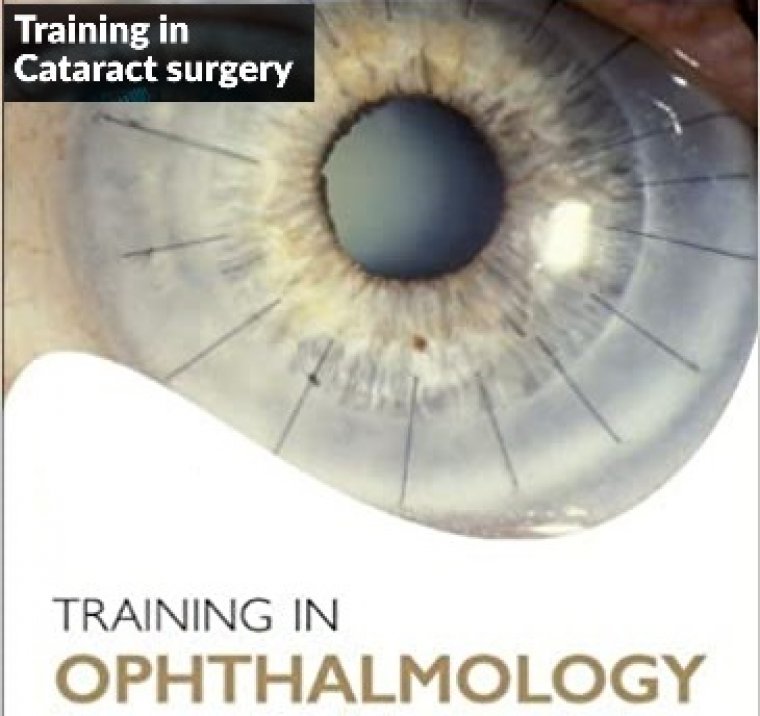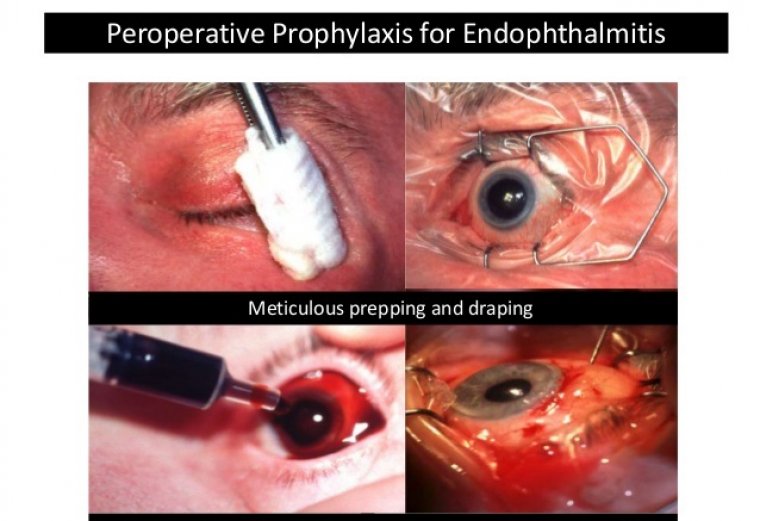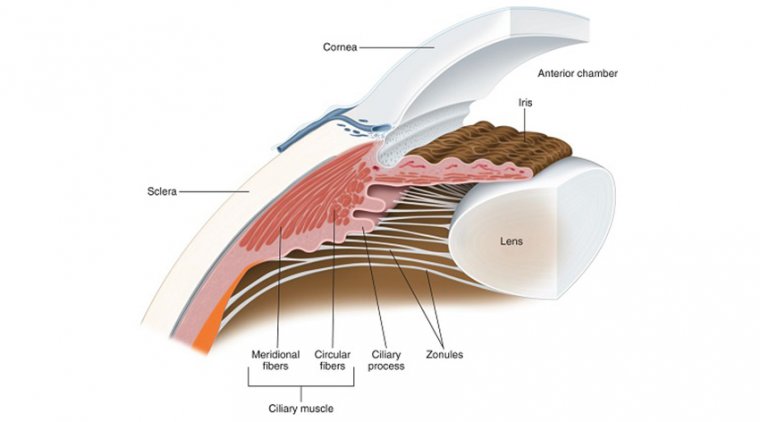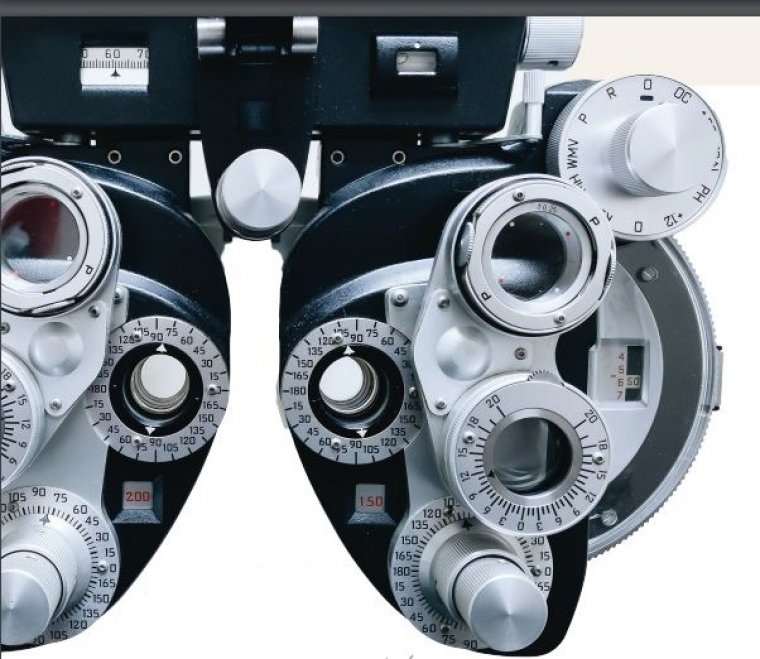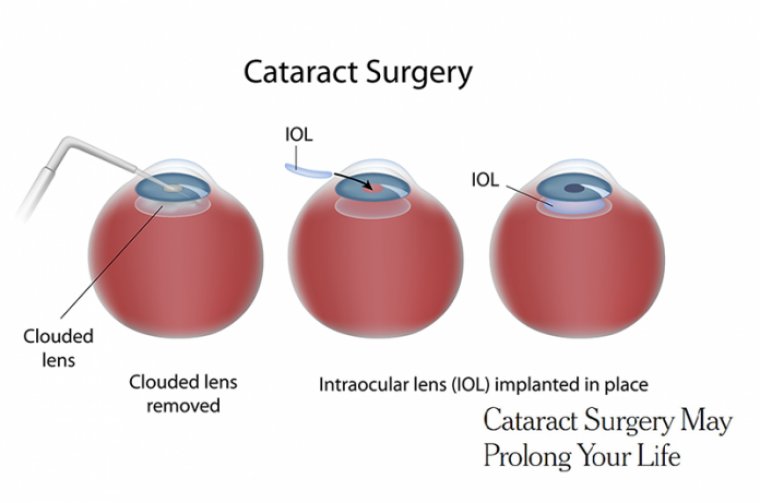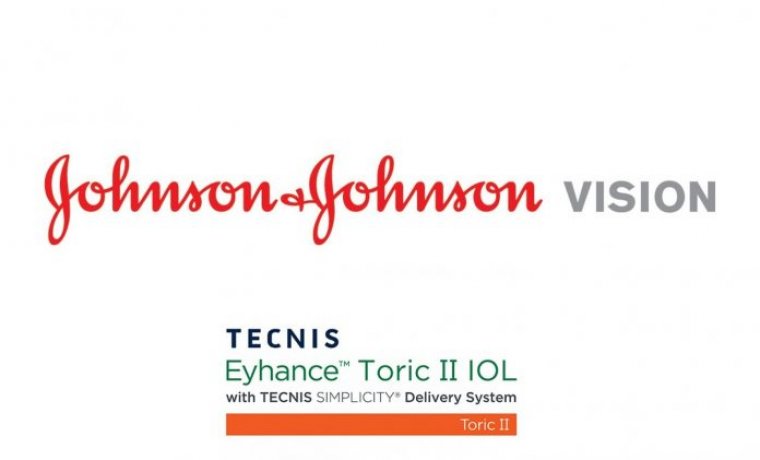
Cataracts Patients with Astigmatism – A Next-Generation Monofocal Intraocular Lens From Johnson & Johnson Vision
Johnson & Johnson Vision Announces Launch of TECNIS Eyhance™ Toric II IOL with TECNIS Simplicity™ Delivery System, a Next-Generation Monofocal Intraocular Lens for Cataracts Patients with Astigmatism, in Europe
TECNIS Eyhance™ Toric II IOL offers all the benefits associated with the TECNIS Eyhance™ IOL, such as high-quality intermediate and 20/20 distance vision, whilst correcting patients’ astigmatism
Johnson & Johnson Vision, a global leader in eye health and part of the Johnson & Johnson Medical Devices Companies, have announced the launch and availability of its TECNIS Eyhance™ Toric II intraocular lens (IOL) with TECNIS Simplicity™ Delivery System for the treatment of cataracts patients with astigmatism in Europe.
This monofocal lens allows for high-quality vision at both intermediate and far distances and is specifically engineered for rotational stability.
The TECNIS Eyhance™ Toric II IOL is the latest innovation in the industry-leading TECNIS® Family of IOLs. It allows patients to achieve significantly improved intermediate vision, compared with a standard aspheric monofocal IOL, along with 20/20 distance vision.
“With the novel haptic design of the TECNIS Eyhance™ Toric II IOL along with excellent rotational stability, I have been able to offer my patients immediate improvements in their functional vision, while also correcting their astigmatism,” said Dr Filomena Ribeiro, Head Director of Ophthalmology, Hospital da Luz, Lisbon.
“Having implanted the TECNIS Eyhance™ Toric II IOL, I can confidently say that this IOL is a game-changer in the monofocal category and in helping my patients get back to spending more time doing what they love.”
In a survey of 17 leading European ophthalmologists, who had early access to the TECNIS Eyhance™ Toric II IOL, all rated their patients as being very satisfied with the lens. Meanwhile, more than 79% perceived their patients as being very satisfied with their intermediate and distance vision.
Additionally, 94% of those surveyed were very satisfied with the handling while implanting the lens, while nearly two thirds rated the overall performance of the lens as excellent compared to other toric IOLs.
More than 80% also rated the rotational stability of the lens as excellent compared to other toric IOLs. All those surveyed said they were very likely to continue to use the lens in the future.
“With this rollout of TECNIS Eyhance™ Toric II IOL, we are thrilled to extend the benefits of our most advanced monofocal IOL to cataract patients with astigmatism”, said Erin McEachren, Regional Vice President, EMEA, Johnson & Johnson Surgical Vision.
“It’s an important first in Europe for the monofocal IOL category, as today most lenses in this category only correct vision to help patients with cataracts see things at a distance, and therefore don’t improve the intermediate vision that is required for many important daily tasks.
“This is another breakthrough in meeting the ever-changing and evolving needs of our patients across Europe and the world.”
Cataracts are the leading cause of blindness globally and, if left untreated, cause vision to deteriorate over time. Astigmatism reduces distance and near visual acuity, vision quality, and depth perception.
In Europe, astigmatism affects over 50% of those over the age of 65, and over 20% of the population. Toric IOLs are the most common method for astigmatism correction in cataract patients.
TECNIS Eyhance™ Toric II IOL is part of the TECNIS® Family of IOLs, which offer a variety of personalized vision options for people with cataracts, all with the goal of ensuring clear, sharp vision to meet individual needs and lifestyles. The TECNIS® IOL platform celebrated its 20th anniversary earlier this year.
About Cataracts and Presbyopia
Cataracts are the leading cause of blindness globally. More than 90 percent of people develop cataracts by age 65. If left untreated, cataracts cause vision to deteriorate over time.
Cataract surgery is the most common surgery performed around the world, including more than 4 million times in the EU in 2016.
Many people who have cataracts experience other problems with their vision, such as presbyopia. Cataract surgery is a unique opportunity to address presbyopia without an additional procedure. Presbyopia is a progressive eye condition, which makes it difficult to focus on close objects and usually becomes noticeable around 40 years of age.


